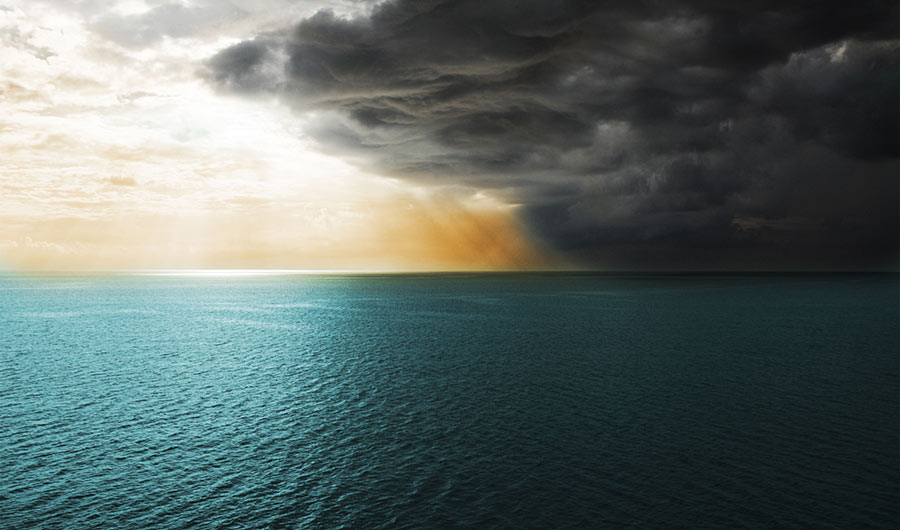Weatherman Jim Byrne is a seasoned meteorologist. Jim has worked as the chief meteorologist at KCOY CBS 12 and as a freelance meteorologist at NBC Bay area. He currently serves as a meteorological consultant for the Weather Channel. His alma mater is San Jose State University where he took up meteorology and broadcast journalism. Originally from Dublin, Jim Byrne KCOY Weatherman currently resides in Santa Maria. Over the course of his career, Jim has dealt with numerous aspects of being a meteorologist. He has also featured in many advertisements for the Santa Maria Auto Mall.
In his work as a broadcast meteorologist, Jim was responsible for preparing weather forecasts and delivering them on TV. However, as a consultant, he works with the Weather Channel to provide specialist advice based on his skills and knowledge. There are many other avenues of meteorologists besides weather forecasting. For example, physical meteorologists work in research where they study the weather and other related phenomena such as storms and hurricanes.
Meteorologists can also apply their research to come up with better models for weather forecasting and reduce weather pollution. There are also climatologists who study long-term weather patterns to provide information for matters such as agriculture and building design. Some meteorologists also work in higher education sectors as lecturers and professors.
In carrying out their duties, meteorologists play a significant role in providing information about climate change. It is obvious that climate change is already having a huge impact on economics, ecosystems and communities. We see climate change everywhere- in weather patterns, throughout animal and plant habitats and across farmland.
For example, climate change can affect agricultural yields, alter rainfall, affect human health, disrupt different types of ecosystems and even impact the global energy supply. One of the most apparent impacts of climate change is how it is affecting water sources across the world. Water is intimately linked to other resources and social issues such as health, transportation, food security, ecosystem integrity and industry.
The impact of climate change is already being observed across the world’s diverse geographic regions. The global average forest coverage is expected to be among the most vulnerable to climate change. Forests support countless ecosystems and animal species and are many examples of habitats at risk. Due to the global meltdown of alpine glaciers and ice sheets, Arctic ecosystems are also falling victim to climate change.
Climate change also threatens overall health through increased disease, worsened pollution and freshwater shortages. Heatwaves are increasingly more frequent. Rising sea levels make storms capable of far greater damage to life and property. In more naturally arid areas, wildfires and droughts intensify. Moreover, the increased evaporation of water increases the intensity of extreme weather events, such as hurricanes.
Flooding, hot weather and other extreme weather conditions continue to damage infrastructure every day. This disrupts how we travel and commute and also puts a heavy burden on electrical equipment and supplies. The impact of climate change poses immense economic risks that demonstrate the importance of timely and accurate weather and climate information.
